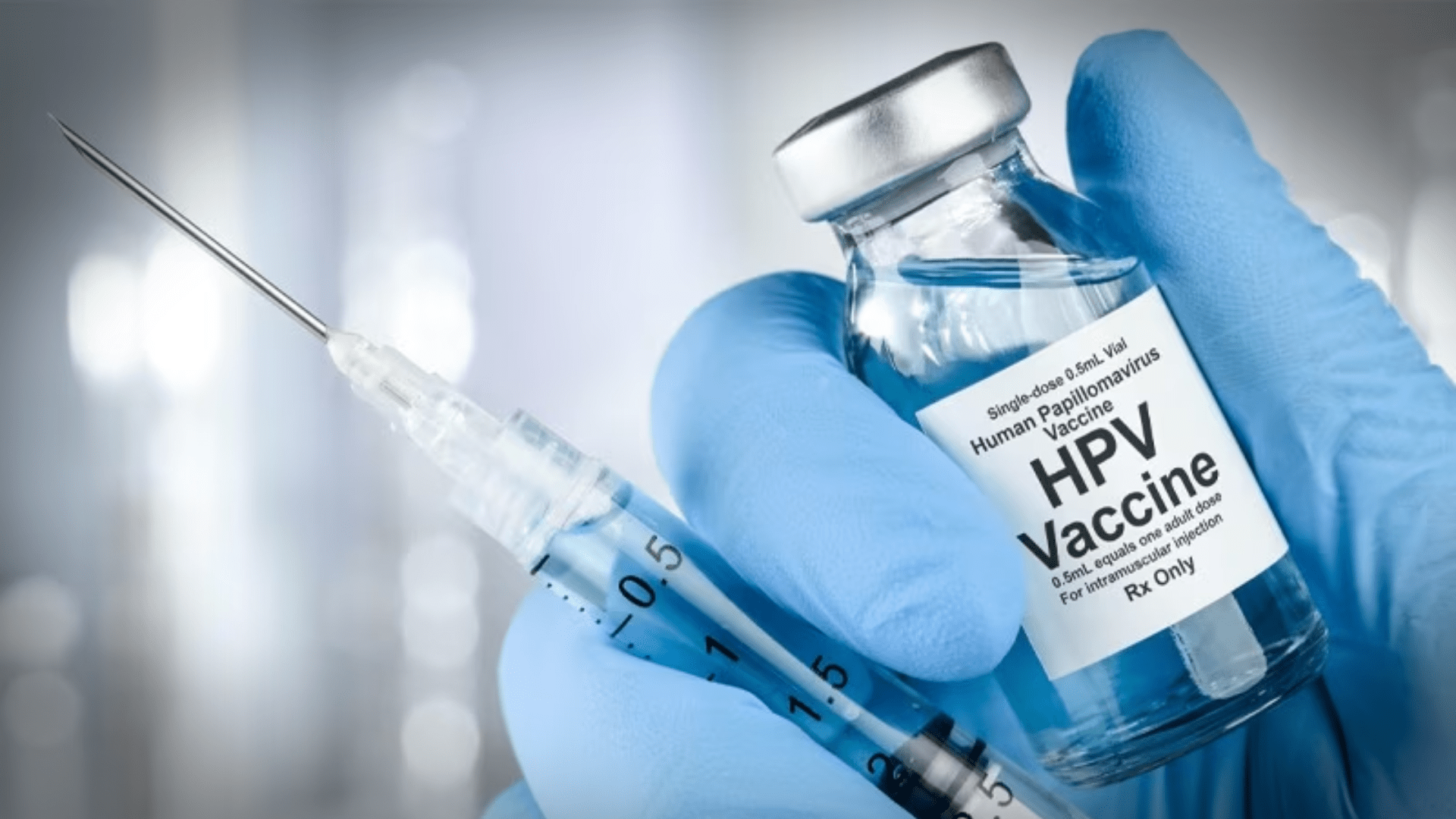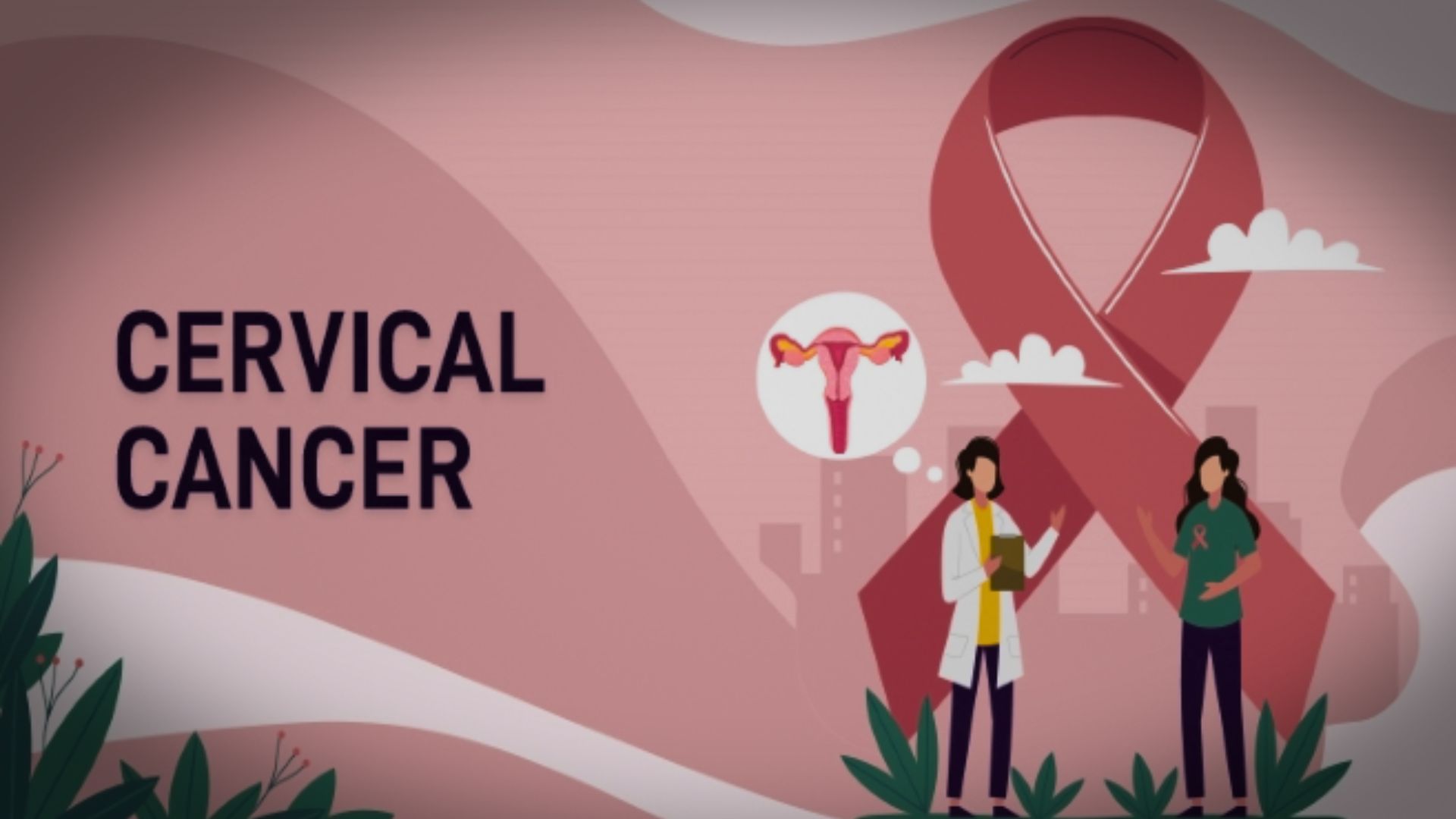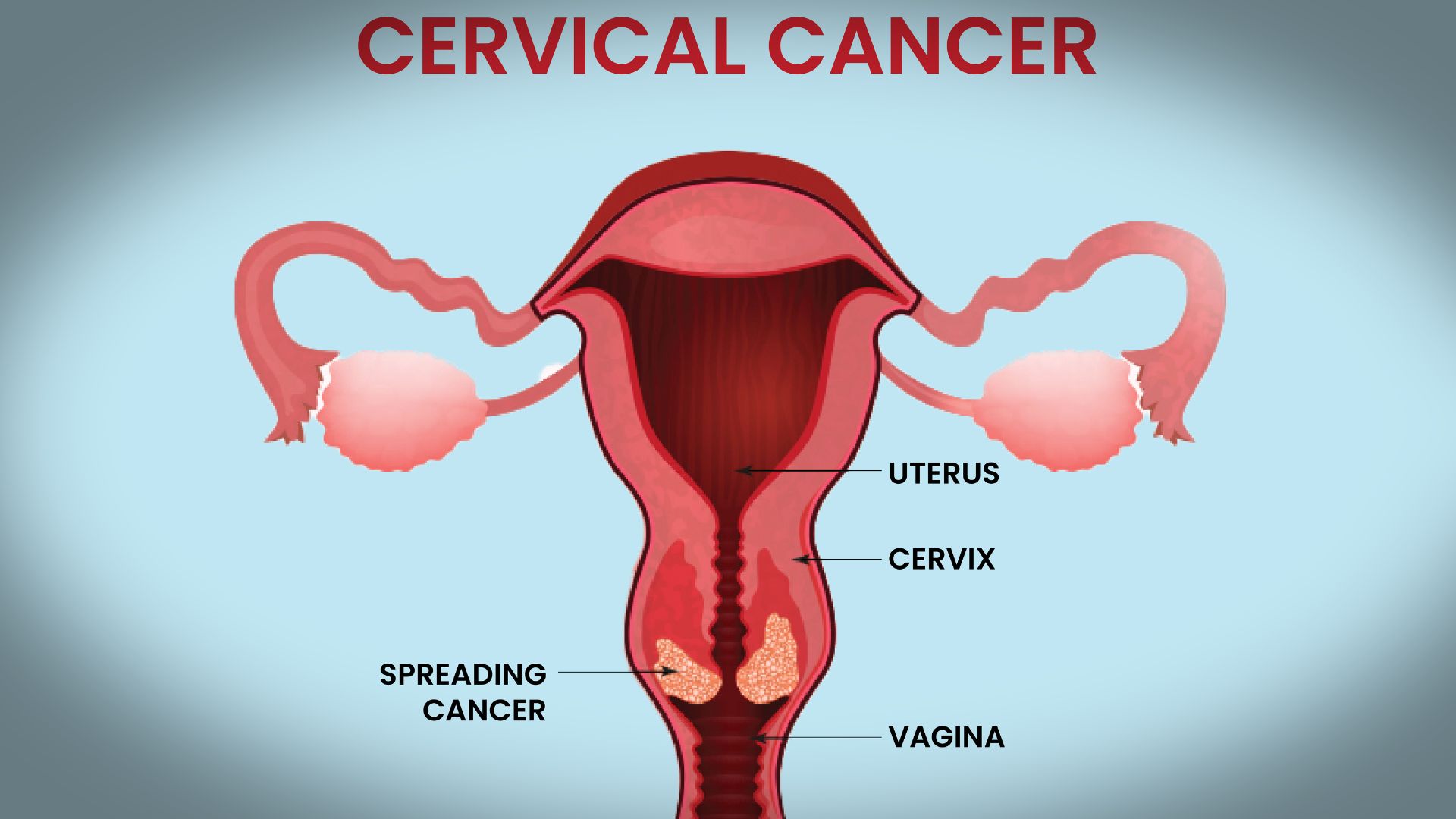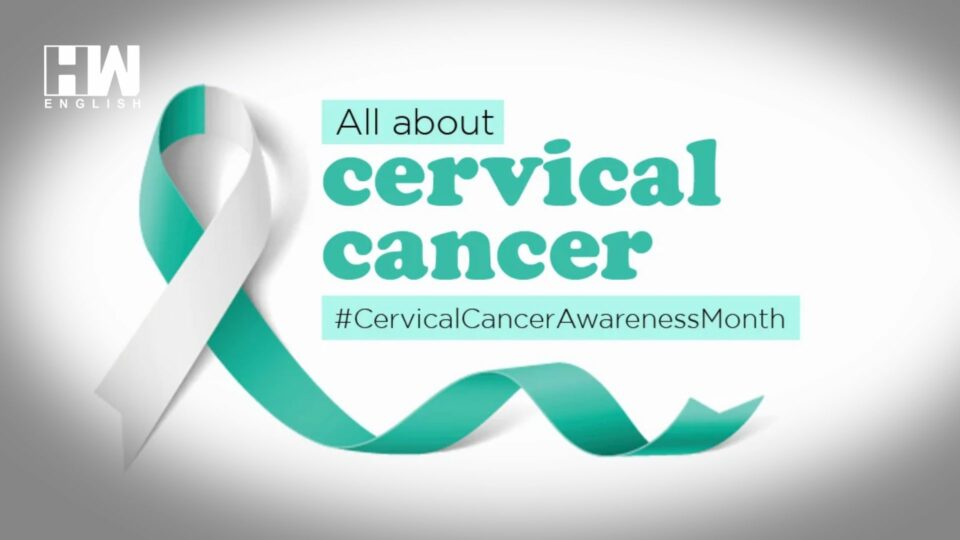Cervical cancer remains a global concern, claiming over 300,000 lives annually, despite being preventable and curable with early detection. Efforts to increase vaccination rates and implement routine screenings are crucial to achieving the World Health Organization’s goal of eliminating cervical cancer by 2030.
Prevalence and Vaccination:
Globally, only 21% of women have received the Human Papillomavirus (HPV) vaccine, essential for preventing cervical cancer. The World Health Organization aims to increase this figure to 90% by 2030. The recent announcement by India’s Finance Minister, Nirmala Sitharaman, promoting cervical cancer vaccination for girls aged 9 to 14, is a positive step towards achieving this goal.

Challenges in Meeting Targets:
The world currently falls short of meeting cervical cancer elimination targets due to funding shortages, insufficient staffing, and infrastructure challenges. Vaccine hesitancy further complicates the situation. Urgent measures are needed to overcome these obstacles and make progress toward preventing and treating cervical cancer.
The Role of Schools in Vaccination Programs:
Schools prove to be effective in national HPV vaccination programs. High enrollment levels in education facilitate reaching young people more efficiently than in healthcare settings. Political will, collaboration between health and education departments, and close communication with schools are essential for successful vaccination initiatives.

Understanding Cervical Cancer:
Cervical cancer arises in the cervix’s cells, the lower part of the uterus connected to the vagina. It ranks as the second most prevalent cancer in Indian women, with preventable and highly treatable aspects when detected early.
Causes and Risk Factors:
HPV Infection: Persistent infection with high-risk HPV types is the primary cause.
Smoking: Increased risk for smokers.
Weakened Immune System: Individuals with weakened immunity are more susceptible.
Oral Contraceptives: Long-term use may slightly elevate the risk.
Early Sexual Activity: Higher risk for those who became sexually active early.

Symptoms:
Abnormal Vaginal Bleeding: Between periods, after menopause, or post-sexual intercourse.
Pelvic Pain: Discomfort during intercourse or pelvic cramps.
Unusual Vaginal Discharge: Foul-smelling increase in discharge.
Screening and Diagnosis:
Pap Smear: Crucial for early detection by examining cervix cells.
HPV Test: Checks for high-risk HPV presence.
Colposcopy: Closer examination if abnormalities are detected.
Biopsy: Confirms diagnosis through cervical tissue analysis.
Prevention:
HPV Vaccination: Highly effective, recommended for both males and females.
Regular Screening: Routine Pap smears and HPV tests during gynecological check-ups.
Safe Sex Practices: Condom use to reduce HPV transmission risk.
Quit Smoking: Decreases cervical cancer risk.
Treatment:
Surgery: Removal of tumor or uterus based on cancer stage.
Radiation Therapy: High-energy rays target and destroy cancer cells.
Chemotherapy: Drugs administered to kill or inhibit cancer cell growth.
Also Read: 403 Indian Students Died Abroad Since 2018: Reports
Cervical cancer is highly treatable when detected early. Vaccination, regular screenings, and a healthy lifestyle significantly contribute to prevention. Initiatives like Finance Minister Sitharaman’s announcement play a vital role in raising awareness and working towards eliminating cervical cancer globally. Women are encouraged to stay informed, prioritize regular check-ups, and discuss any concerns with healthcare providers.
As an independent media platform, we do not take advertisements from governments and corporate houses. It is you, our readers, who have supported us on our journey to do honest and unbiased journalism. Please contribute, so that we can continue to do the same in future.

